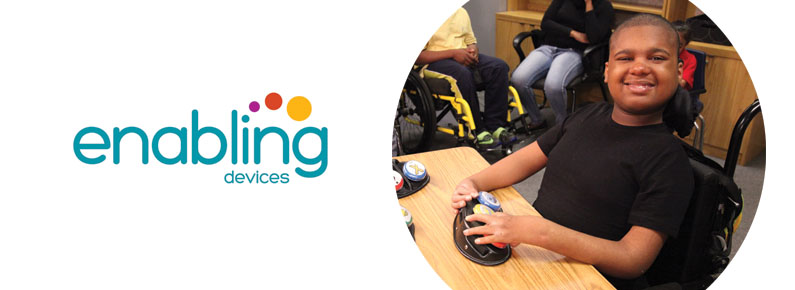It’s been six months since Enabling Devices CEO, Seth Kanor
stepped in to take the reins from his late father, Steven E. Kanor, Ph.D., the
company’s founder and president. Speaking from the company’s headquarters in
Hawthorne, N.Y., Kanor took time out from his busy schedule to share some
thoughts about his dad, the people who make Enabling Devices run, what he’s
learned so far, his aspirations for the company and the people it serves.
What has your new
role taught you about your father?
The longer I’ve been at Enabling Devices, the more convinced
I am that my father should be nominated for sainthood. I get calls all the time
from people who say, “Your dad changed my life.” He was always asking: “How do
we get to the people who need our services?”
“How do we improve people’s lives and meet them where they are?” “How do
we make it easier for them to get out into the world and help them to find joy?”
Everything we do is geared toward answering those questions.
What have you learned
about the business?
The people who work here probably have a body of knowledge
that couldn’t be replicated in a Ph.D. program. They have been hands-on with
our products, customers and business for so long.
Like many people, I always thought that I needed to do
something original— something different than what my father did. Now, I see
that I am supposed to continue his mission and use my abilities to bring out
the talents in others. My role is basically, to facilitate everything so that
the people here, who are so knowledgeable and talented, can do what they do so
well.
Additionally, I’ve discovered that there is a huge group of
people in this country who work one-on-one with children with severe
disabilities. This is pretty much the hardest work one can do and they don’t
make a great deal of money. It’s a real calling, and I feel so grateful for
them.
What is your favorite
part of your new role?
It is such a privilege to know that we are making a
difference in the lives of the people who use our products. Sometimes people
call us looking for a solution to their loved one’s problem and we are their
last chance. Being able to help in those instances is so special. When my
father was running the business, if a customer called with a problem, he’d
invite them into the office. He’d say,
“Come in now, we’ll fix it.” The first time someone called me with a special
request, the person apologized. I said,
“Please don’t apologize. I’ve been waiting for this call. It’s an honor to take
your call.”
The people I am meeting in my new role are changing my life
and my understanding of what matters. Are we going to live in a society that is
exclusive or inclusive? In my view, we need to work toward a world that is more
inclusive. There’s no question that our customers are giving me more than I am
giving them.

































